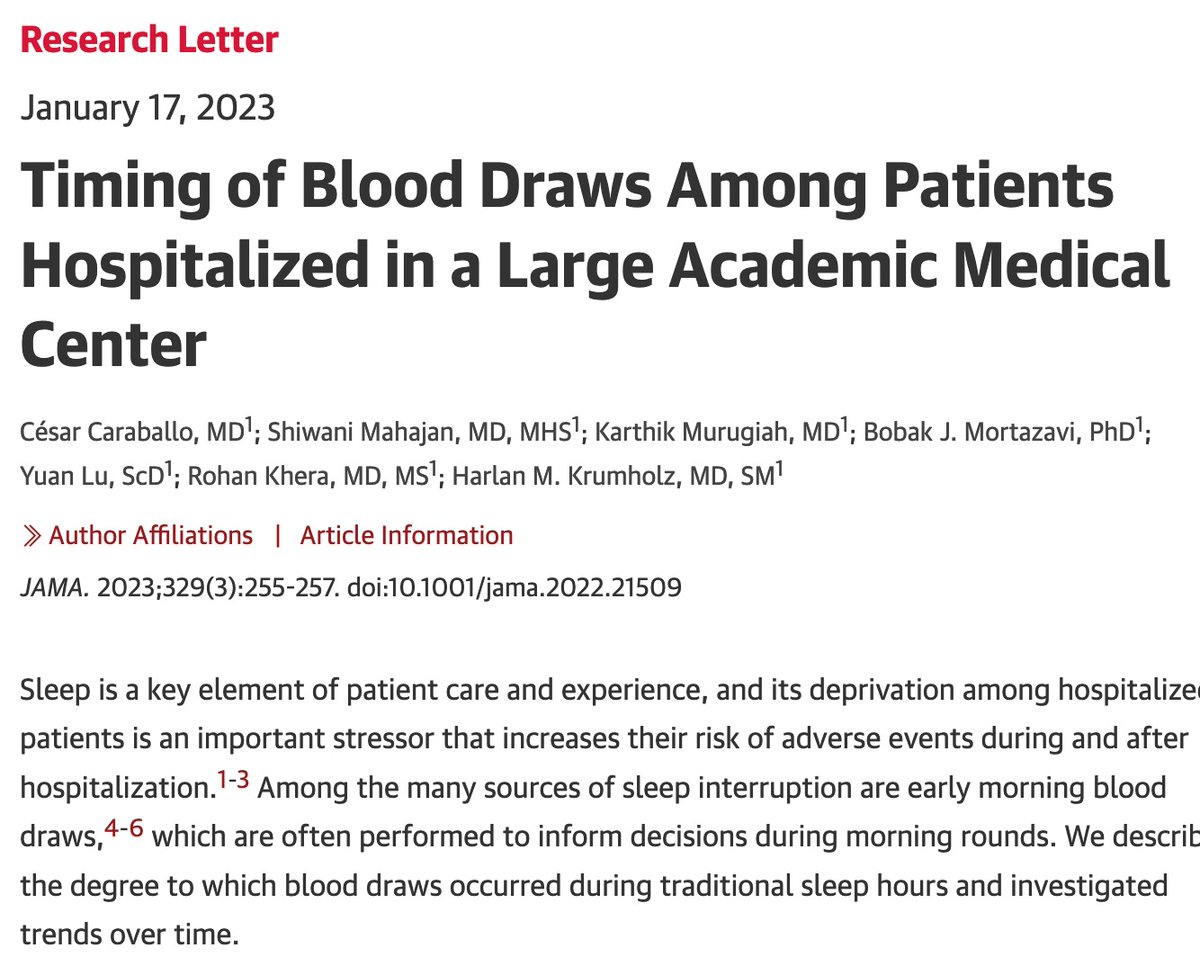Clinical journal policies friendly for #preprints. Article led by @DaisySMassey now @JAMANetworkOpen… looks at top 100 journals & concludes 'clinical journals broadly supportive of considering clinical research preprints for publication.’ jamanetwork.com/journals/jaman… @medrxivpreprint 

@DaisySMassey @JAMANetworkOpen @medrxivpreprint "After classifying each journal according to the content of its preprint policies, we found that 86% of these journals allow for submitting articles previously posted as preprints.” @DaisySMassey @JAMANetworkOpen @medrxivpreprint
@DaisySMassey @JAMANetworkOpen @medrxivpreprint And just kudos to @DaisySMassey; we are so fortunate to have talented postgraduate research assistants who make us better, do outstanding work, and continually exceed our high expectations. She led this effort and stay tuned for other good work from her.
• • •
Missing some Tweet in this thread? You can try to
force a refresh
















